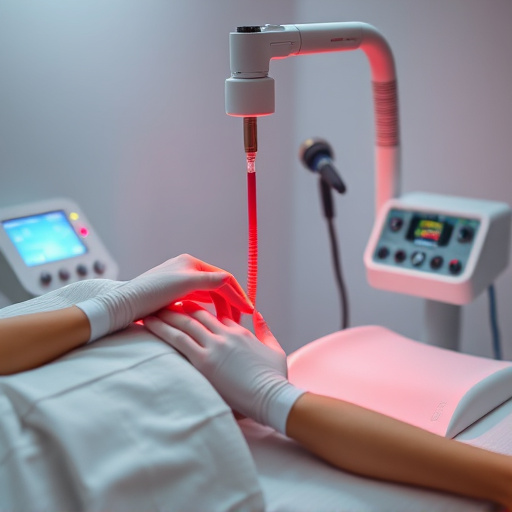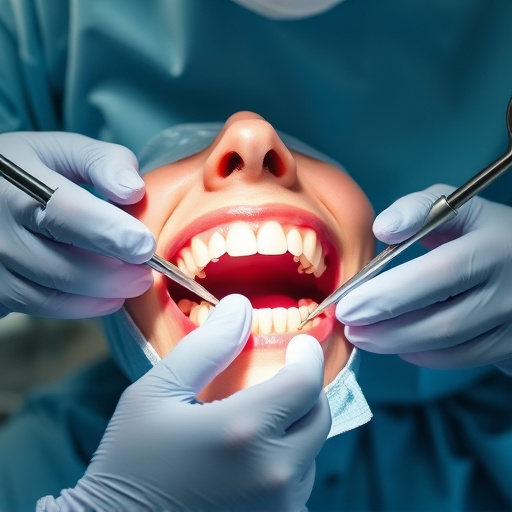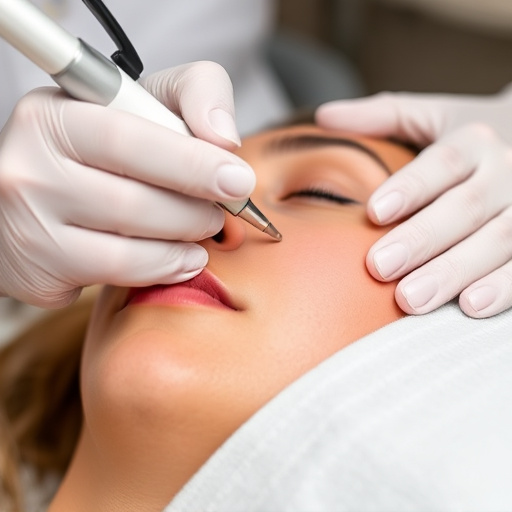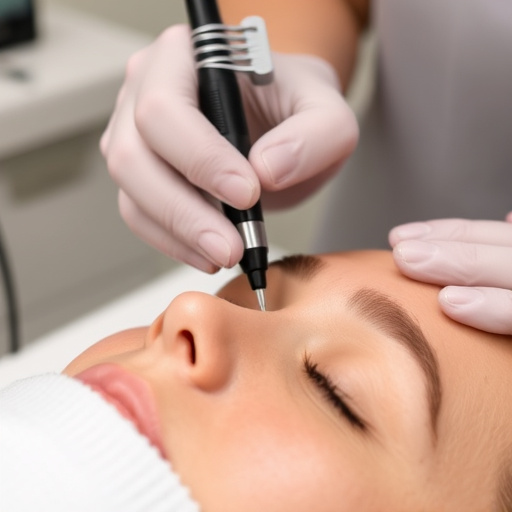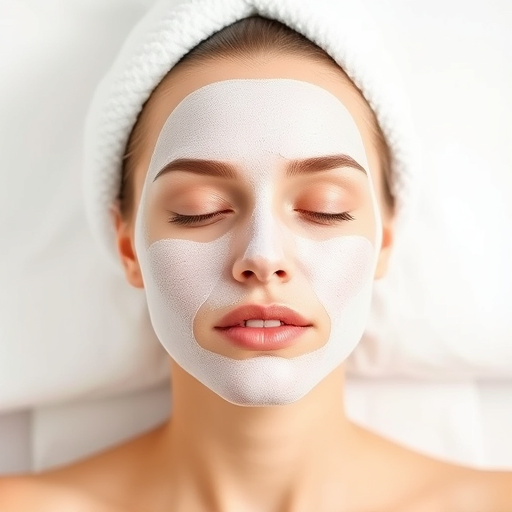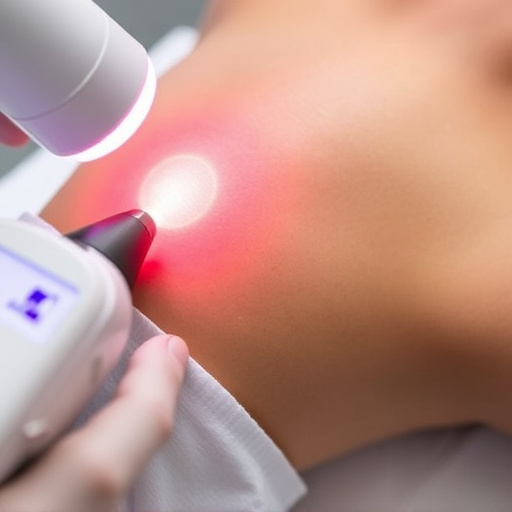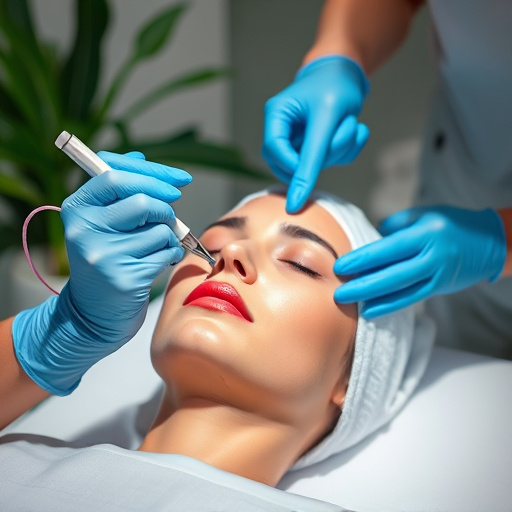A glycolic acid peel, an alpha hydroxy acid (AHA) treatment, exfoliates dead skin cells, unclogs pores, and rejuvenates various skin types. Concentrations vary based on skin type, with higher percentages for oily skin to combat excess oil and lower ones for dry or combination skin to hydrate. Combining it with microneedling amplifies anti-aging benefits. Application requires a patch test, gradual introduction, and careful spreading across clean, dry skin, avoiding eyes. While effective, potential side effects include redness, itching, flaking, or burns, manageable with gentle care; severe reactions necessitate consultation.
“Uncover the secrets of a popular skincare treatment—the Glycolic Acid Peel. This powerful yet gentle procedure is a game-changer for oily, dry, and combination skin types. In this comprehensive guide, we’ll explore how glycolic acid works its magic, from exfoliation to boosting collagen production. We’ll also navigate the best peel strengths for each skin concern, offering application tips and insights into potential side effects. Discover why this chemical peel is a top choice for achieving a radiant, balanced complexion.”
- Understanding Glycolic Acid Peel: Benefits and How it Works
- Choosing the Right Glycolic Acid Peel for Your Skin Type
- Application Tips and Potential Side Effects to Be Aware Of
Understanding Glycolic Acid Peel: Benefits and How it Works
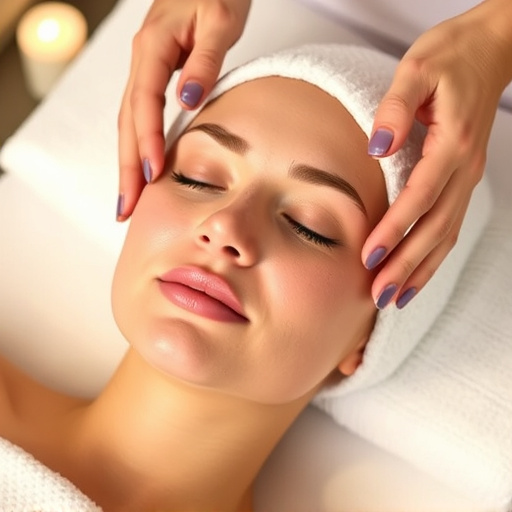
A glycolic acid peel is a chemical treatment that utilizes a form of alpha hydroxy acid (AHA) to exfoliate and rejuvenate the skin. This process involves applying a liquid solution containing glycolic acid to the skin, which gently removes dead skin cells and unclogs pores. By promoting cell turnover, it reveals smoother, brighter, and more even-toned skin.
The benefits of glycolic acid peel are vast, catering to various skin types, including oily, dry, and combination skin. For those with oily skin, it helps to reduce excess sebum production and minimize the appearance of pores. Dry skin conditions such as keratinization and fine lines can be significantly improved due to its ability to hydrate and stimulate collagen synthesis. Additionally, combination skin benefits from its balancing effect, helping to regulate oil production and maintain a healthy moisture barrier. These anti-aging treatments are effective in improving overall skin texture and tone, making them a popular choice for those seeking skin rejuvenation.
Choosing the Right Glycolic Acid Peel for Your Skin Type

Choosing the right glycolic acid peel depends on your skin type. For oily skin, a higher concentration (around 7-10%) is ideal as it helps to exfoliate excess oil and unclog pores, preventing acne breakouts. Look for products that also contain soothing ingredients like aloe vera to balance out dryness caused by the peeling process.
If you have dry or combination skin, opt for gentler formulations with lower concentrations (3-5%). These will help hydrate and nourish your skin while still providing gentle exfoliation. Incorporating a non-surgical treatment like microneedling therapy alongside a glycolic acid peel can enhance its benefits, particularly in addressing fine lines and wrinkles, making it an effective solution for overall skin rejuvenation.
Application Tips and Potential Side Effects to Be Aware Of

When applying a glycolic acid peel, it’s essential to follow specific tips for optimal results and minimal side effects. First, always perform a patch test before treating your entire face. This involves applying a small amount of the solution to a discreet area of skin to check for any adverse reactions. Start with a lower concentration (around 10-20%) and gradually increase as tolerated. Use a cotton pad or applicator tool to gently spread the peel evenly across clean, dry skin, avoiding the eye area. For best results, apply it at night and follow up with a hydrating facial to balance the peeling process.
While glycolic acid peels offer numerous benefits like wrinkle reduction and improved skin texture, there are potential side effects to be aware of. Common mild irritations include redness, itching, or stinging sensations. More severe reactions may result in dry, flaking skin or even burns. Discomfort is usually temporary but can be managed by using a gentle moisturizer and avoiding direct sunlight. If you experience persistent or severe irritation, discontinue use and consult a dermatologist for guidance on appropriate aesthetic treatments.
A glycolic acid peel can be a game-changer for achieving balanced, healthy skin. By understanding its benefits, choosing the right strength for your skin type, and following proper application techniques, you can reap the rewarding results of reduced pore size, improved texture, and a more even complexion. Just remember to be mindful of potential side effects and always conduct a patch test beforehand. With consistent use, a glycolic acid peel may just become your secret weapon for achieving radiant, luminous skin.
